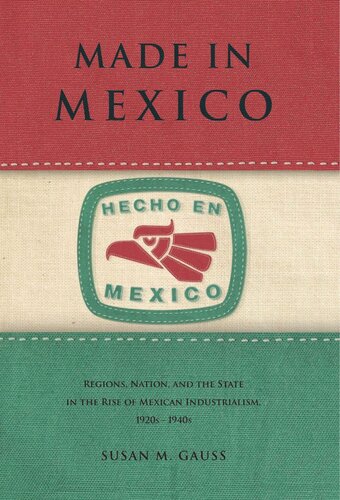

Most ebook files are in PDF format, so you can easily read them using various software such as Foxit Reader or directly on the Google Chrome browser.
Some ebook files are released by publishers in other formats such as .awz, .mobi, .epub, .fb2, etc. You may need to install specific software to read these formats on mobile/PC, such as Calibre.
Please read the tutorial at this link: https://ebookbell.com/faq
We offer FREE conversion to the popular formats you request; however, this may take some time. Therefore, right after payment, please email us, and we will try to provide the service as quickly as possible.
For some exceptional file formats or broken links (if any), please refrain from opening any disputes. Instead, email us first, and we will try to assist within a maximum of 6 hours.
EbookBell Team

4.3
18 reviewsThe experiment with neoliberal market-oriented economic policy in Latin America, popularly known as the Washington Consensus, has run its course. With left-wing and populist regimes now in power in many countries, there is much debate about what direction economic policy should be taking, and there are those who believe that state-led development might be worth trying again. Susan Gauss’s study of the process by which Mexico transformed from a largely agrarian society into an urban, industrialized one in the two decades following the end of the Revolution is especially timely and may have lessons to offer to policy makers today.
The image of a strong, centralized corporatist state led by the Partido Revolucionario Institucional (PRI) from the 1940s conceals what was actually a prolonged, messy process of debate and negotiation among the postrevolutionary state, labor, and regionally based industrial elites to define the nationalist project. Made in Mexico focuses on the distinctive nature of what happened in the four regions studied in detail: Guadalajara, Mexico City, Monterrey, and Puebla. It shows how industrialism enabled recalcitrant elites to maintain a regionally grounded preserve of local authority outside of formal ruling-party institutions, balancing the tensions among centralization, consolidation of growth, and Mexico’s deep legacies of regional authority.